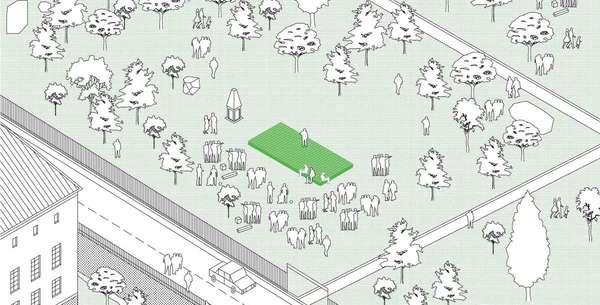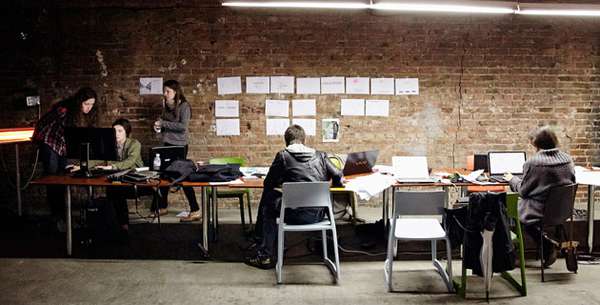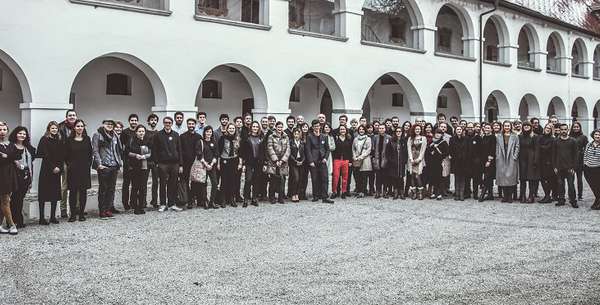Idea by
Tiago Torres-Campos
CNTXT Studio
Call for ideas 2016
Landscapes for the Anthropocene
Landscapes for the Anthropocene
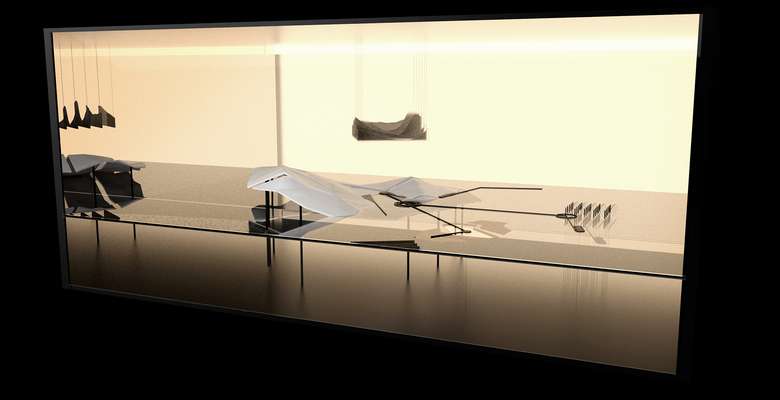
Anthropocene refers to the contemporary geological epoch in which humans have become the dominant geologic force altering the planet. We move more than twice the earth and soil than all oceans, seas, rivers and lakes together. We change the atmosphere way up high, the rock deep down and everything in between.
How attuned are we—as species and agency—to the consequences of our changes? Can Architecture stop being just a reaction to change to become also a propositional dialogue with the many worlds beyond humanity?
Our landscapes are perhaps some of the most precious encounters between humanity and non-humanity. They can act as engaging and meaningful lens, methodology, narrative or mediator in more-than-human worlds.
These are distinct speculative works—in New York, the Mekong River and Rio de Janeiro—focusing on the human quest for a grounding in some of our most valuable contemporary landscapes.
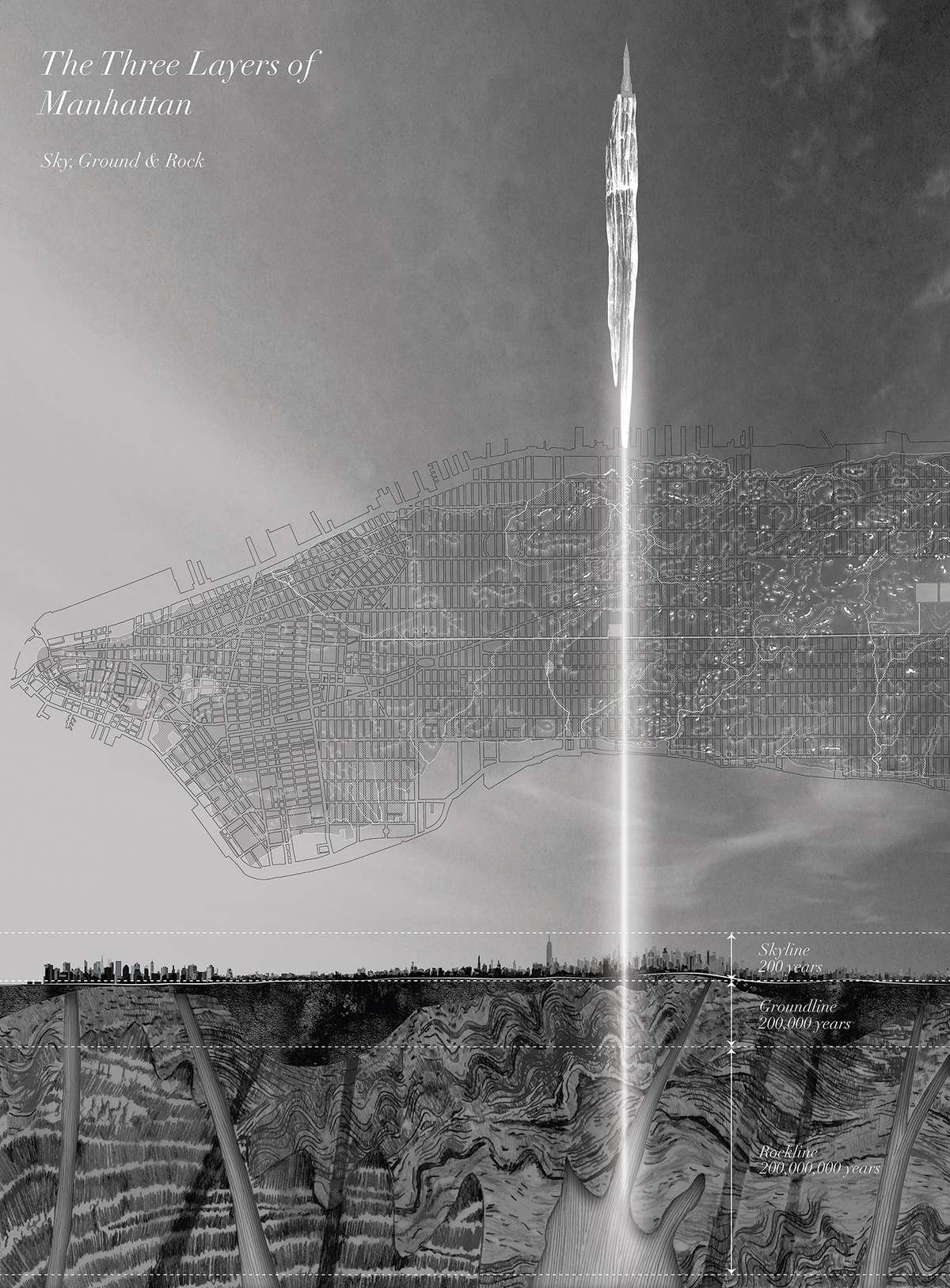
Study of the relationship between Manhattan and the bedrock on which the city has laid its foundations
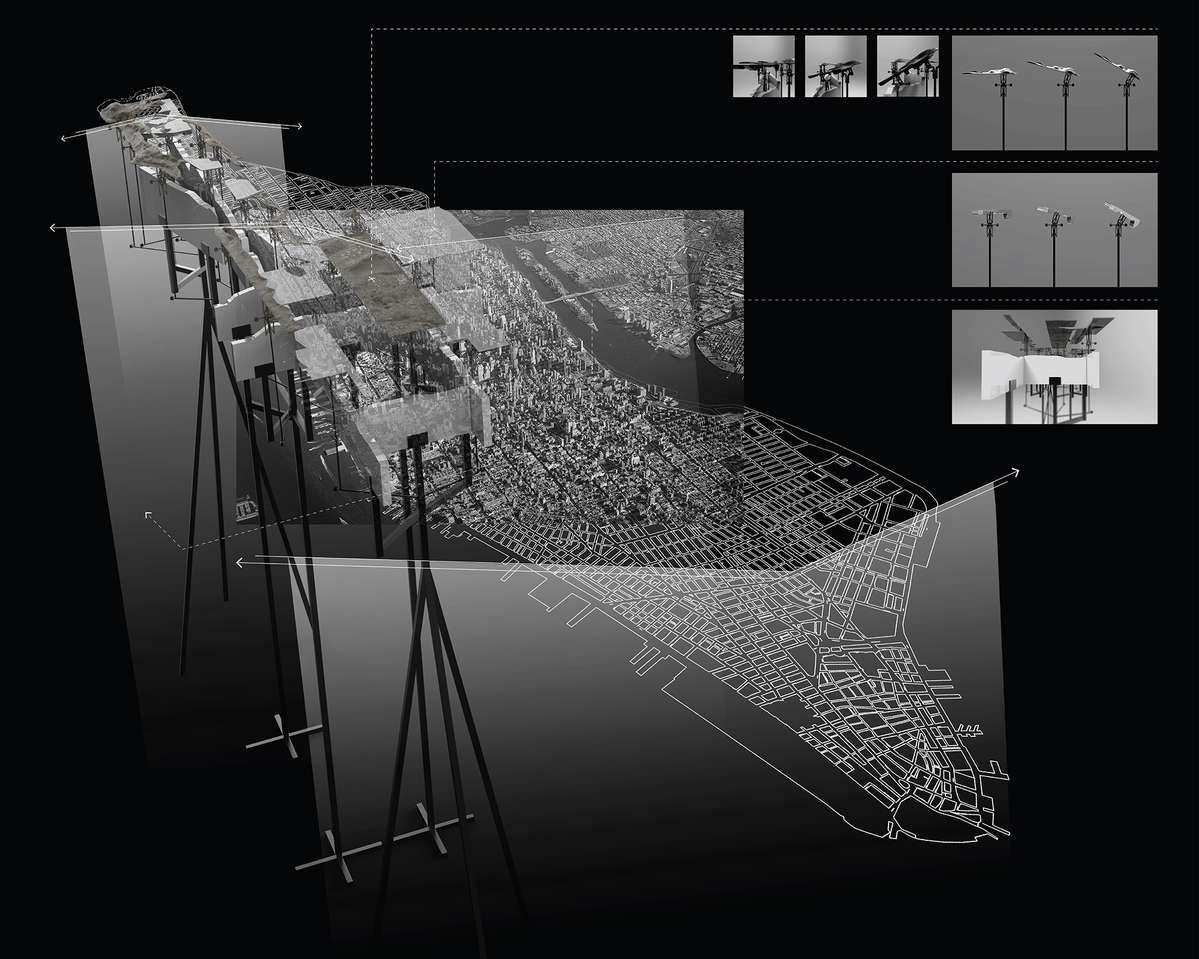
A new representation of Manhattan uses deep-time as a tool to recalibrate the relationship between the city and the rock

The increase of carbon dioxide levels in the atmosphere is leading to an increase in global temperature, which in turn raises the sea levels. This project speculates on a utopian future where Rio is no longer part of continental Brazil but rather a recently formed archipelago, caused by the dramatic raise of the sea up to 50 meters
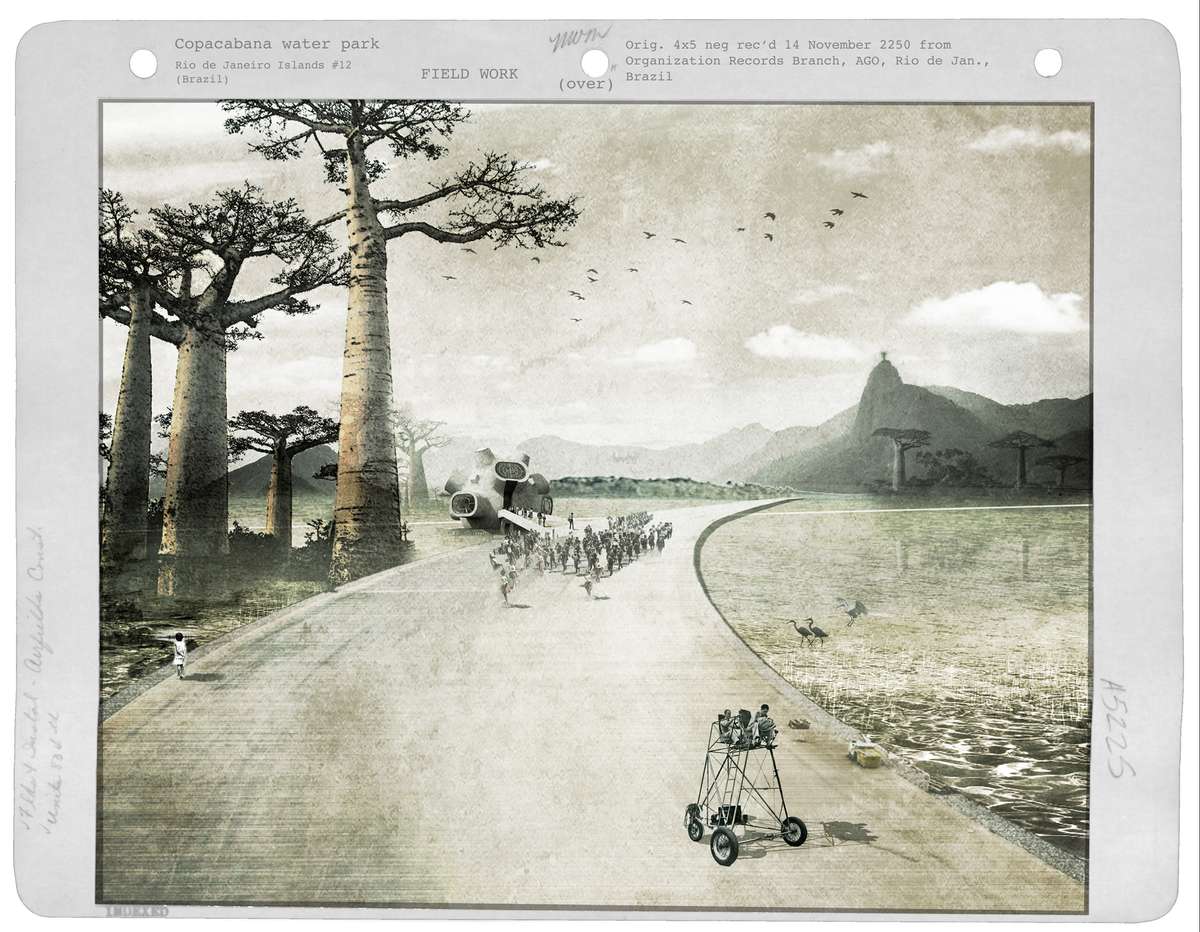
View of the new Copacabana Water Park
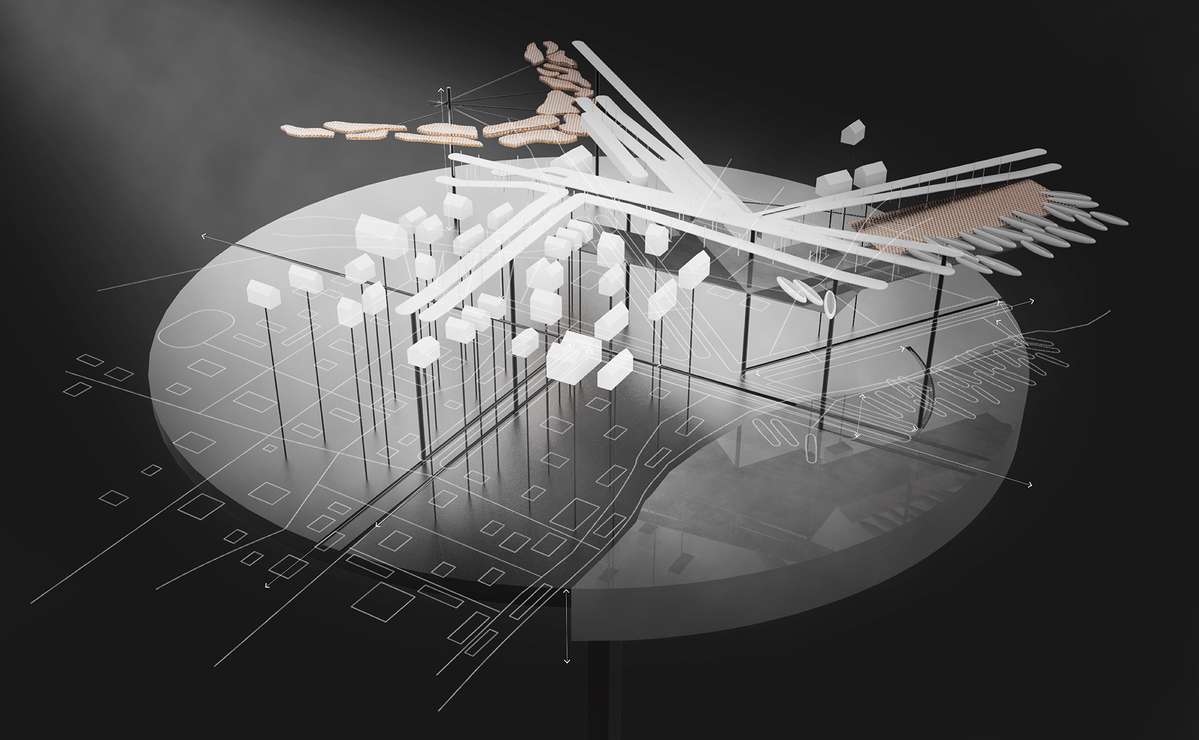
The Mekong River influences the life of more than 600 million people in South East Asia. Agriculture, forestry, fishing and energy are dramatically changing the riparian landscapes and the relations between neighbours. A series of permeable landmarks test the opportunity of the Mekong as a trans-boundary opportunity
Landscapes for the Anthropocene
Landscapes for the Anthropocene

Anthropocene refers to the contemporary geological epoch in which humans have become the dominant geologic force altering the planet. We move more than twice the earth and soil than all oceans, seas, rivers and lakes together. We change the atmosphere way up high, the rock deep down and everything in between.
How attuned are we—as species and agency—to the consequences of our changes? Can Architecture stop being just a reaction to change to become also a propositional dialogue with the many worlds beyond humanity?
Our landscapes are perhaps some of the most precious encounters between humanity and non-humanity. They can act as engaging and meaningful lens, methodology, narrative or mediator in more-than-human worlds.
These are distinct speculative works—in New York, the Mekong River and Rio de Janeiro—focusing on the human quest for a grounding in some of our most valuable contemporary landscapes.
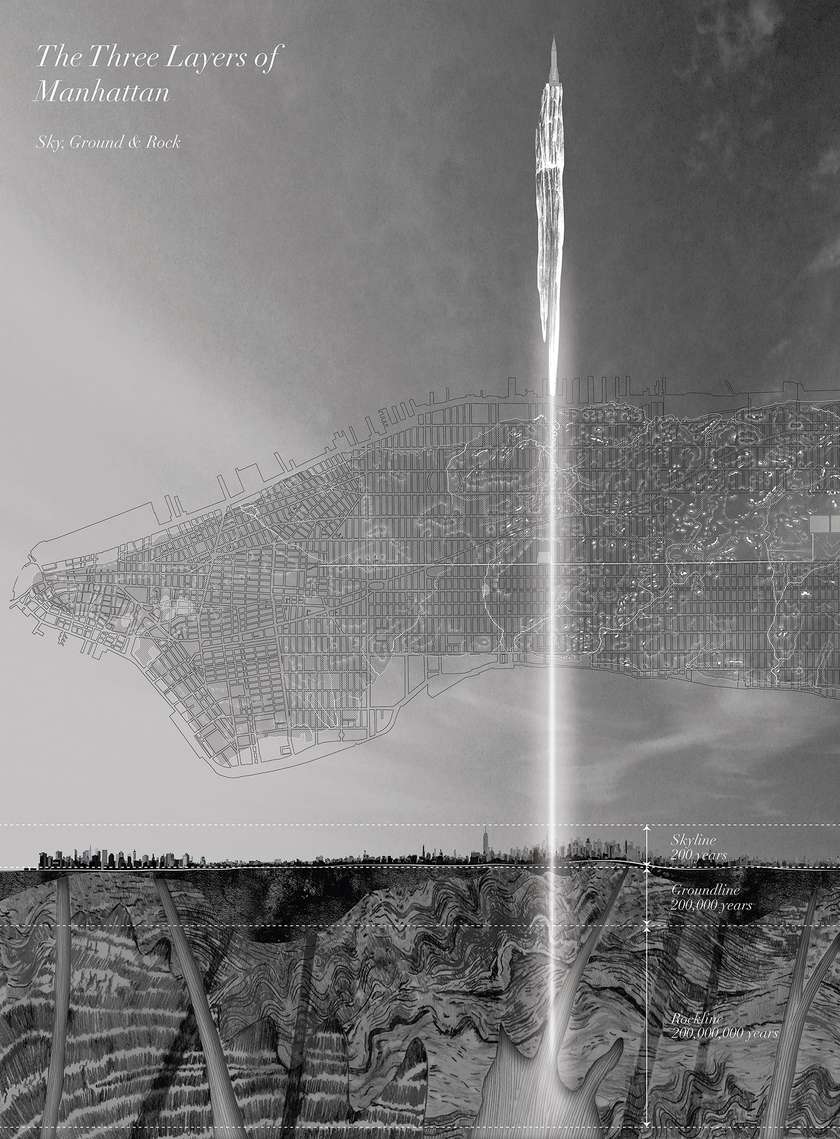
Study of the relationship between Manhattan and the bedrock on which the city has laid its foundations
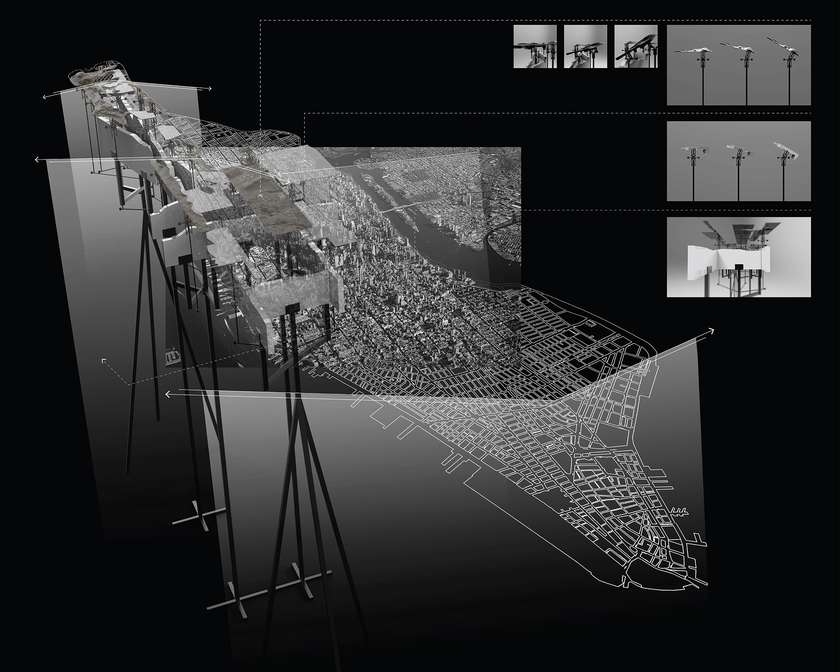
A new representation of Manhattan uses deep-time as a tool to recalibrate the relationship between the city and the rock
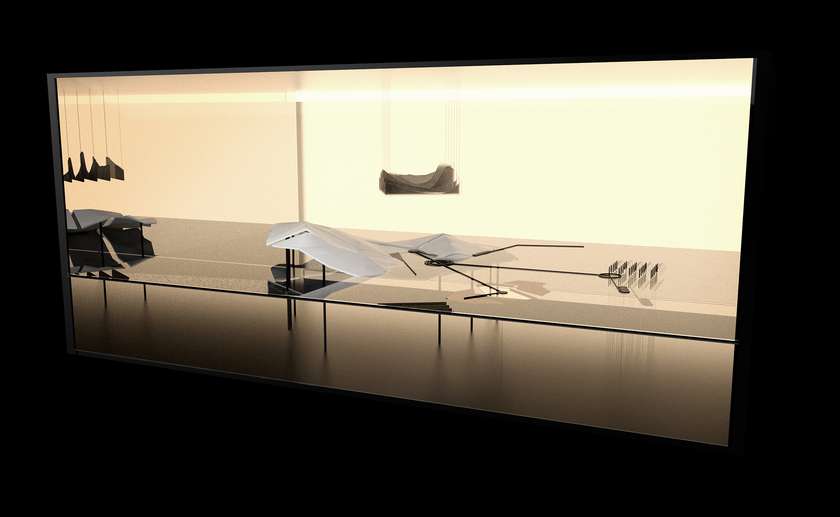
The increase of carbon dioxide levels in the atmosphere is leading to an increase in global temperature, which in turn raises the sea levels. This project speculates on a utopian future where Rio is no longer part of continental Brazil but rather a recently formed archipelago, caused by the dramatic raise of the sea up to 50 meters
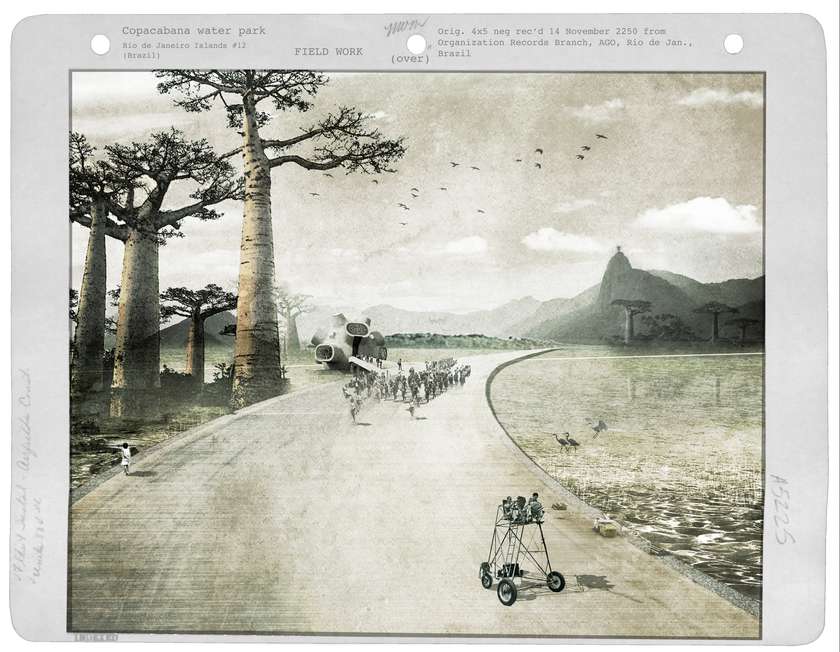
View of the new Copacabana Water Park
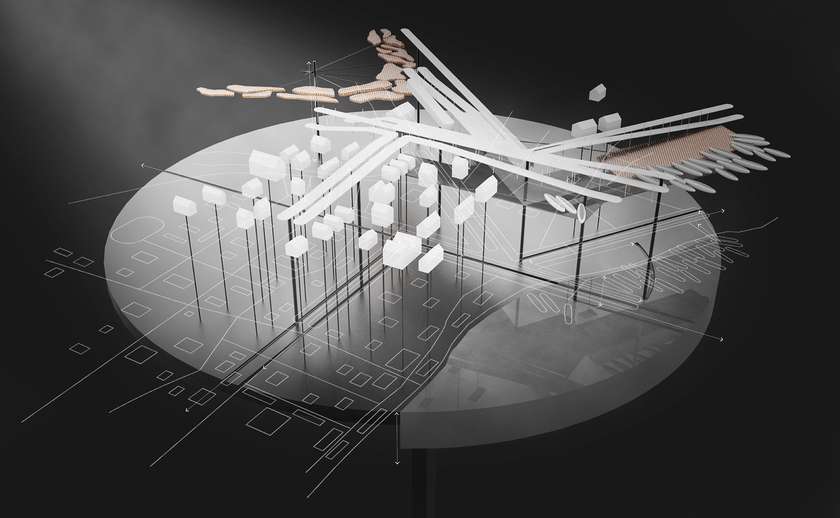
The Mekong River influences the life of more than 600 million people in South East Asia. Agriculture, forestry, fishing and energy are dramatically changing the riparian landscapes and the relations between neighbours. A series of permeable landmarks test the opportunity of the Mekong as a trans-boundary opportunity
